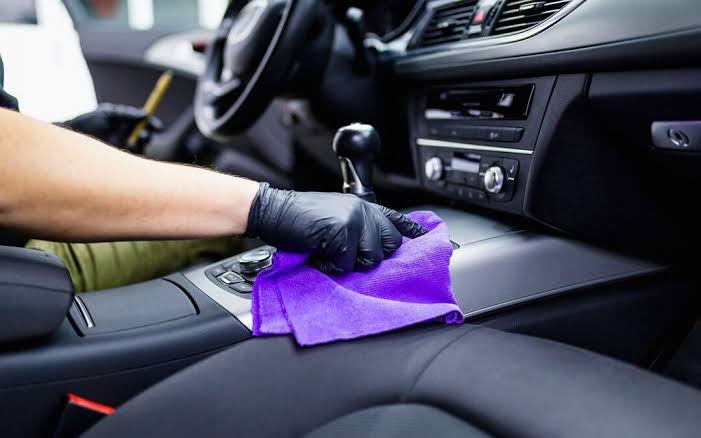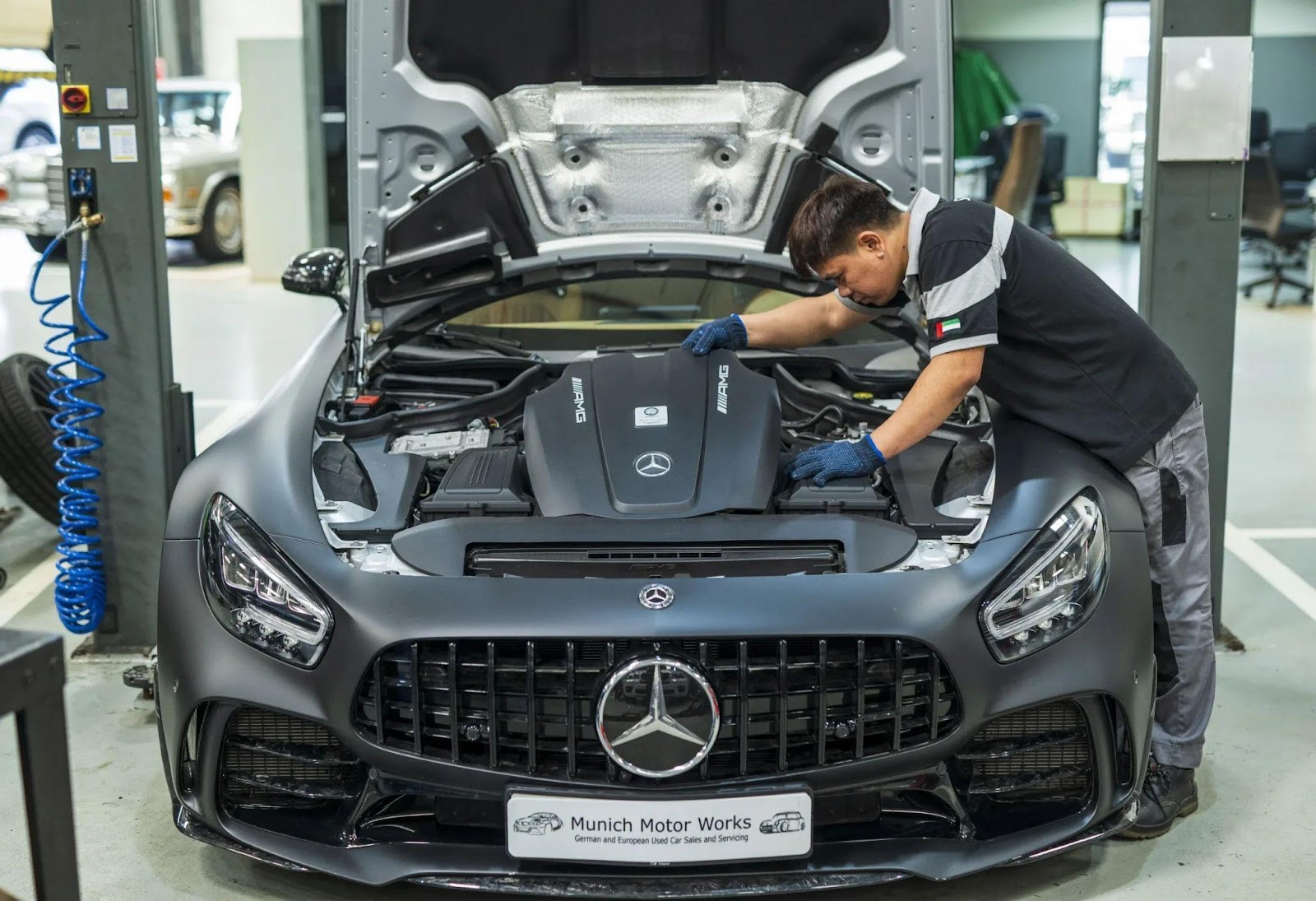Range Rover diagnostics involve identifying and troubleshooting issues within the vehicle’s electronic systems using diagnostic tools. Modern Range Rovers come equipped with multiple electronic control units (ECUs) that manage everything from engine performance and transmission to brakes and infotainment systems. Diagnostic tools, like the Pathfinder, communicate with these ECUs to read error codes, monitor system health, and reset warnings. This article explores the importance of Range Rover diagnostics, the tools used, common faults, and the benefits of regular diagnostic checks for Range Rover owners.
What Are Range Rover Diagnostics?
Range Rover diagnostics involve connecting a specialised tool, typically via the On-Board Diagnostics (OBD-II) port, to communicate with the vehicle’s ECUs. The tool scans for diagnostic trouble codes (DTCs), which are logged whenever the car detects a problem in its systems. Each code corresponds to a specific issue, helping mechanics pinpoint faults quickly and efficiently. Essential tools include basic OBD-II scanners, which can read general fault codes and reset warnings, as well as advanced diagnostic tools like the Land Rover-approved Pathfinder or SDD (Symptom Driven Diagnostics). These advanced tools offer deeper system access, enabling software updates, ECU reprogramming, and detailed troubleshooting that is crucial for maintaining modern vehicles.
Common Diagnostic Tasks
Diagnostic tools are used for a range of tasks. Reading and clearing fault codes helps identify the source of warning lights and clears codes once the issue is resolved. Live data monitoring provides real-time information from sensors, allowing performance checks on aspects like engine temperature, battery voltage, and fuel efficiency. Mechanics can also use these tools to run specific system tests on components like the anti-lock braking system (ABS), suspension, or emissions systems to verify their functionality. Additionally, the tools can update software or recalibrate components, such as the suspension height or steering angle sensor, to improve performance and address potential bugs.
Why Regular Diagnostics Are Essential
Regular diagnostic checks offer several benefits that go beyond merely fixing existing problems. Preventive maintenance is a key advantage, as early detection of issues can prevent them from escalating into more significant, costly problems. Accurate troubleshooting saves time and money by quickly identifying exact faults, avoiding the need for unnecessary repairs. Furthermore, diagnostics enable system optimisation, as some tools allow for customisation or the activation of additional features, such as configuring lighting settings or adding specific driving modes. For these reasons, regular diagnostics are an essential part of Range Rover maintenance, ensuring the vehicle runs smoothly and safely.
Transition to Advanced Diagnostic Tools
For older models, particularly those manufactured before 2017, the SDD diagnostic system was typically used. However, as of 2017, Range Rover transitioned to the more advanced Pathfinder system, which offers enhanced capabilities. This change was driven by the increasing complexity of newer vehicles, which come equipped with sophisticated electronics, including advanced driver assistance systems, hybrid powertrains, and modern infotainment. Pathfinder provides better integration with these systems, allowing for software updates, detailed system programming, and overall improved diagnostic capabilities, meeting the needs of modern Range Rovers.
Common Issues Diagnosed in Range Rovers (2017 Onwards)
Despite their luxury and off-road prowess, Range Rovers from 2017 onwards have shown some recurring issues. Electrical system faults are common, including problems with battery drainage, faulty sensors, and glitches in the infotainment system. Air suspension issues, such as leaks or faulty height sensors, have also been frequently reported. Transmission and drivetrain problems, including jerky shifting, differential noises, and driveline issues, remain a concern for some models. Engine-related faults, like turbocharger failures, oil leaks, and AdBlue system faults in diesel variants, have been observed as well. Understanding these common problems helps mechanics and owners to be more vigilant and proactive in maintaining the vehicle.
Diagnostic Tools: Identifying but Not Fixing
It is important to note that diagnostic tools like Pathfinder and SDD do not repair faults directly; they only identify and suggest potential causes. For example, if a diagnostic check reveals an issue with the air suspension, the tool will indicate the likely problem, such as a leaking air strut or a faulty sensor, but a technician still needs to carry out the physical repairs. Diagnostic tools can, however, apply software updates and recalibrate systems, which may sometimes resolve software-related issues without the need for additional mechanical work. This distinction is crucial for understanding the role of diagnostics in the maintenance process.
Addressing Multiple Issues
If multiple faults are discovered during a diagnostic check, it is vital to prioritise repairs. Critical safety issues, such as brake or suspension failures, should be addressed immediately, while less urgent faults can be scheduled for future maintenance. Regular diagnostics also help prevent minor issues from escalating into more serious and costly repairs. By identifying potential problems early, owners can manage repair schedules more effectively, ensuring that their Range Rover remains safe and functional.
The Role of Independent Range Rover Specialists
While dealerships offer comprehensive diagnostic services, independent Range Rover specialists can provide an equally reliable service. These specialists often use the same advanced tools, such as Pathfinder, to perform detailed diagnostics. Choosing an independent specialist can have advantages, including competitive pricing, flexibility, and a more personalised service. Many of these experts have deep knowledge of the brand and can offer tailored insights into whether specific repairs are cost-effective for older models, helping owners make informed decisions.
Diagnostic Costs and What to Expect
A standard diagnostic scan at a JLR-approved garage costs £200, covering a thorough inspection and analysis of your vehicle’s systems. This service includes a detailed fault code analysis, providing a comprehensive report of all detected issues. The report is followed by a consultation where the technician explains the findings and offers recommendations for repair, including a breakdown of expected costs for parts and labour. Customers can also receive advice on prioritising repairs, depending on the severity and urgency of the faults. This transparency ensures that Range Rover owners understand what to expect and can make informed decisions regarding maintenance.
Common Questions About Range Rover Diagnostics
Many Range Rover owners have questions about the diagnostic process, including whether any scanner can be used, how regular checks can prevent future problems, and if diagnostic tools can fix the faults directly. Modern Range Rovers from 2017 onwards require specialised tools like Pathfinder, which are used by both authorised garages and independent specialists. Regular diagnostic checks are indeed preventive, catching potential problems early, even before they cause noticeable issues. While diagnostic tools do not fix mechanical issues, they can resolve certain software-related problems, and technicians handle the physical repairs based on the diagnostic findings.
Conclusion
Range Rover diagnostics play a vital role in maintaining the performance and safety of your vehicle. By regularly scanning for faults, owners can address issues early, avoid costly repairs, and ensure their Range Rover operates at its best. Whether visiting a JLR-approved garage or an independent Range Rover specialist, using the right diagnostic tools is essential for accurate and efficient troubleshooting. Regular maintenance, timely repairs, and software updates are key to keeping your vehicle running smoothly for years to come.






